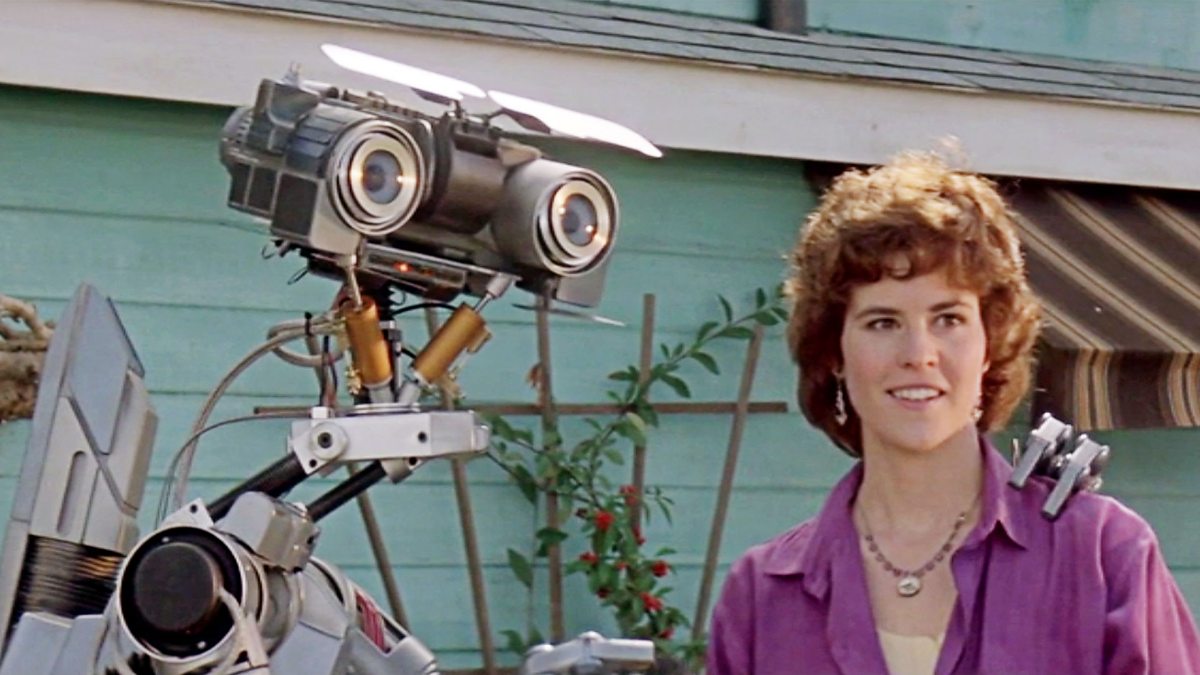The general public has a short attention span and low technical aptitude. White papers, specs, and benchmarks quickly bore people. But there’s an attraction that warms hearts and receives mainstream press coverage: robots!
Robot attractions have awed generations. Perhaps earliest of note was Elektro at the 1939 Word’s Fair in New York. 7′ foot doesn’t seem unusually tall to us.
People of all ages love robots. The most appealing and comforting robots are designed to be anthropomorphic with faces, bodies, and limbs in human proportions.
Entertaining robots can make us laugh or cry. Many may remember seeing Johnny 5’s existential crisis in Short Circuit, the Netflix reboot of Benji‘s beloved robo-pet from 1979, or Pixar’s Wall-E featuring a giggly Eve.
Corporations know that media has primed the public to love robots. Recent corporate robot demos include NVidia’s GROOT, Tesla Bot, and Figure’s robo-collab with OpenAI. These presentations reliably receive press coverage. Mission accomplished.

The latest hot robot feels a bit odd. Atlas 2 was created by the Hyundai-owned Boston Dynamics. The Verge headlined it as a swiveling, shape-shifting nightmare. The original, hydraulic Atlas was affectionately captured and had ranges of motion restrictions similar to the human body. Atlas 2 is electric and can move in ways that humans cannot. Perhaps it goes too far?
We can learn from public reactions to Atlas 2. It seems we are more comfortable when robots are slightly slow and clumsy. When robots can move swiftly and swivel their heads, torsos, and hips beyond what humans can do, it becomes unnerving. But is any robot attention good attention? This robot is unlikely to be mass-produced.
Videos of robots can avoid showing limitations. The ideal video only requires one good take to make a point or a blooper reel of humorous failures to make us laugh. Engineers may require robots to be reliable, but humanoid robots are primarily designed to entertain. Let’s face it, the human form and bipedalism are both somewhat flawed solutions to locomotion for humans and robots alike.
The transition to bipedalism generated negative consequences in almost every part of the body. Human feet, with their plantigrade locomotion, have to tolerate high stress levels. Our neck, with that heavy, swinging bowling ball balanced on top, becomes a weak point.
– Telmo Pievani for MIT’s Press Reader: Bipedalism and Other Tales of Evolutionary Oddities
The more practical robots usually don’t appear human. Manufacturing robots are often anchored firmly to a floor. Robots that need to move on smooth surfaces should probably use some form of omni-directional wheels. The center of gravity should be as low as possible to minimize tipping risk while maintaining obstacle clearance requirements below. Mechanical faces are inherently unreliable due to moving parts and lack the ability to express critical data. Practical robots should prefer displays.
Cheers to the humanoid robots for capturing attention! Nothing else grabs our imagination in quite the same way. If we want people to accept and embrace robots (not physically), the human form is specifically appealing. And yet humanoid robots are particularly expensive, impractical, and often the least useful for general purpose tasks. It’s irony.
Disclosure: Devin owns NVDA stock, owns a robot vacuum, and often drives Hyundai vehicles.
